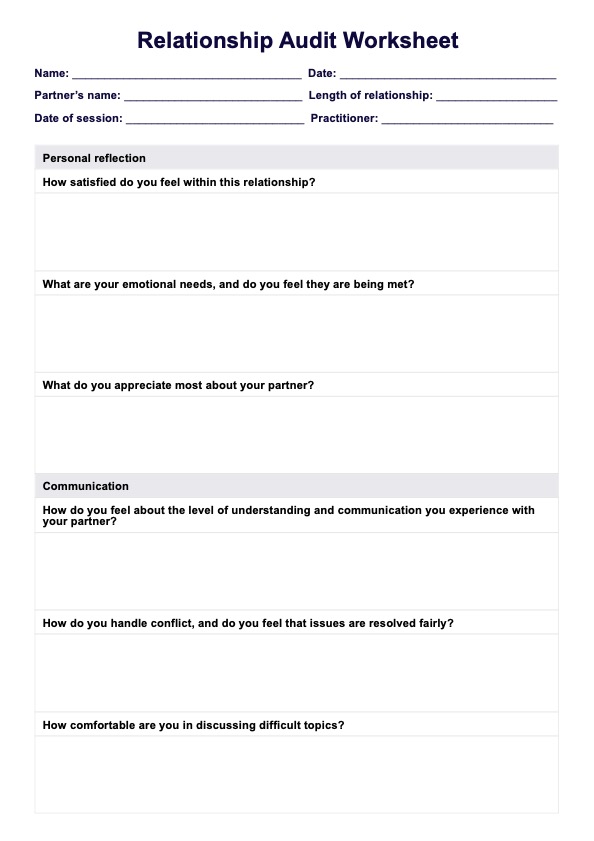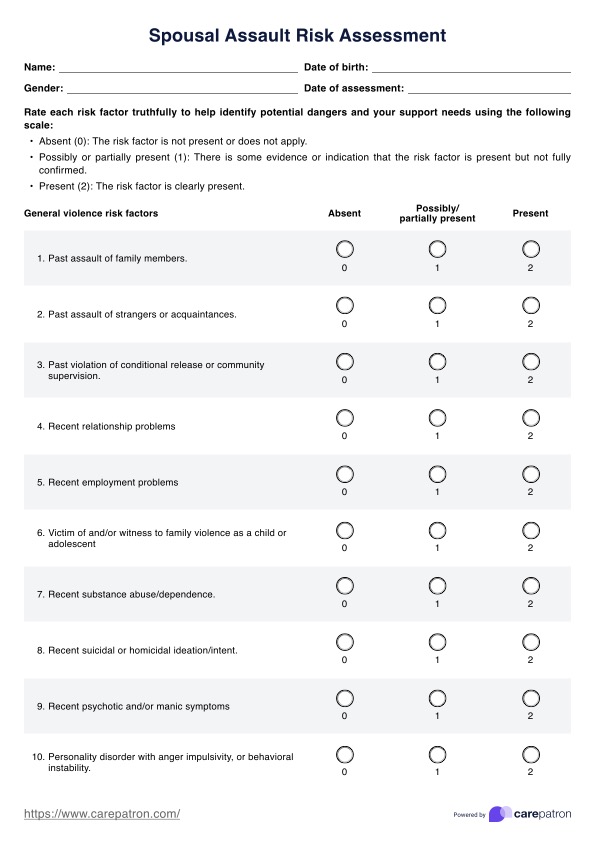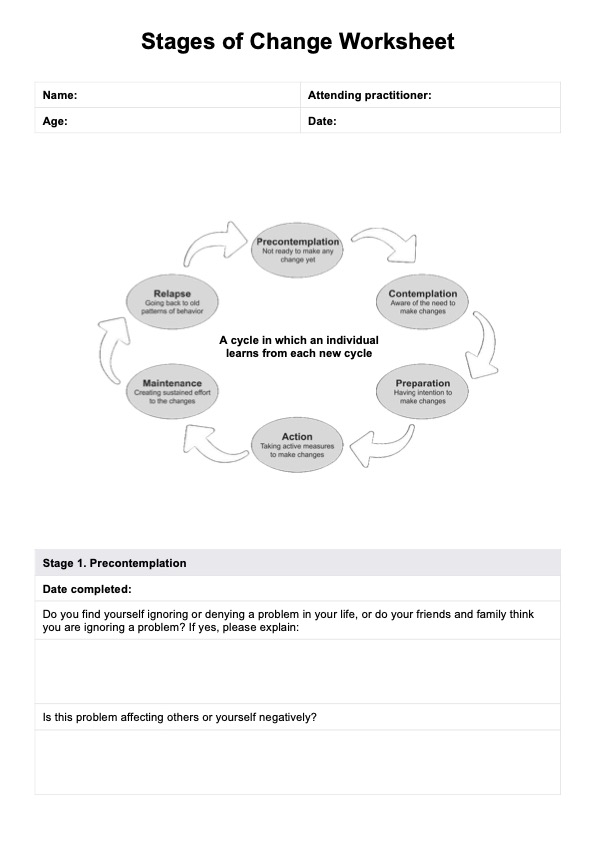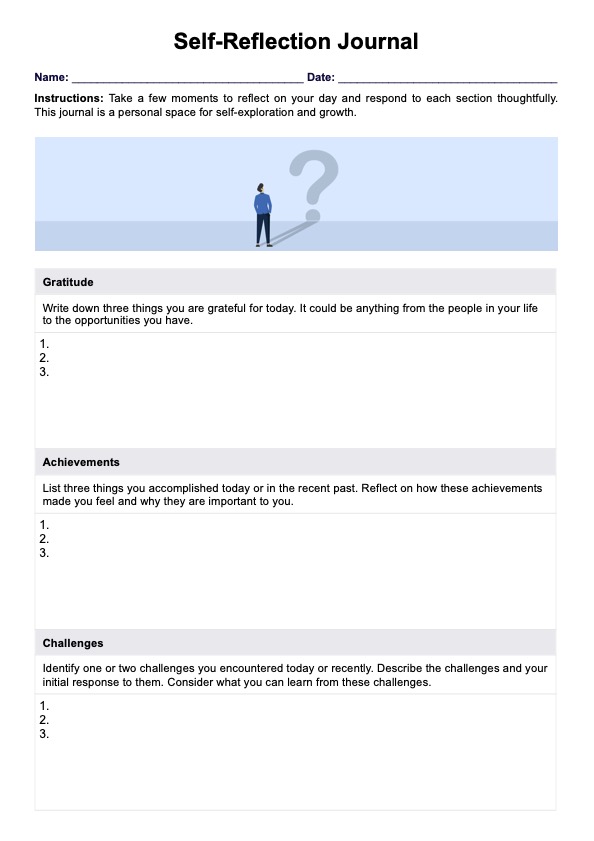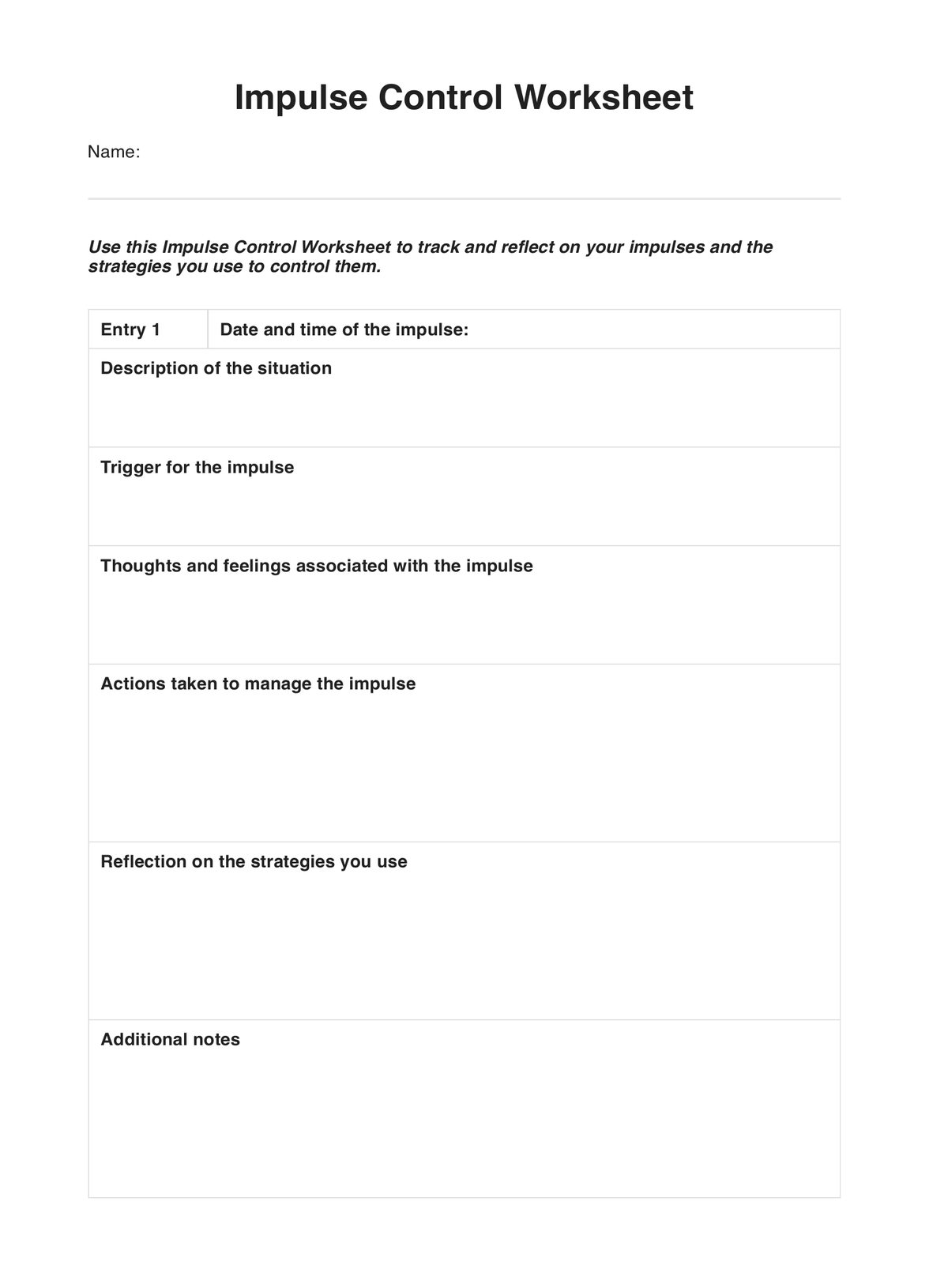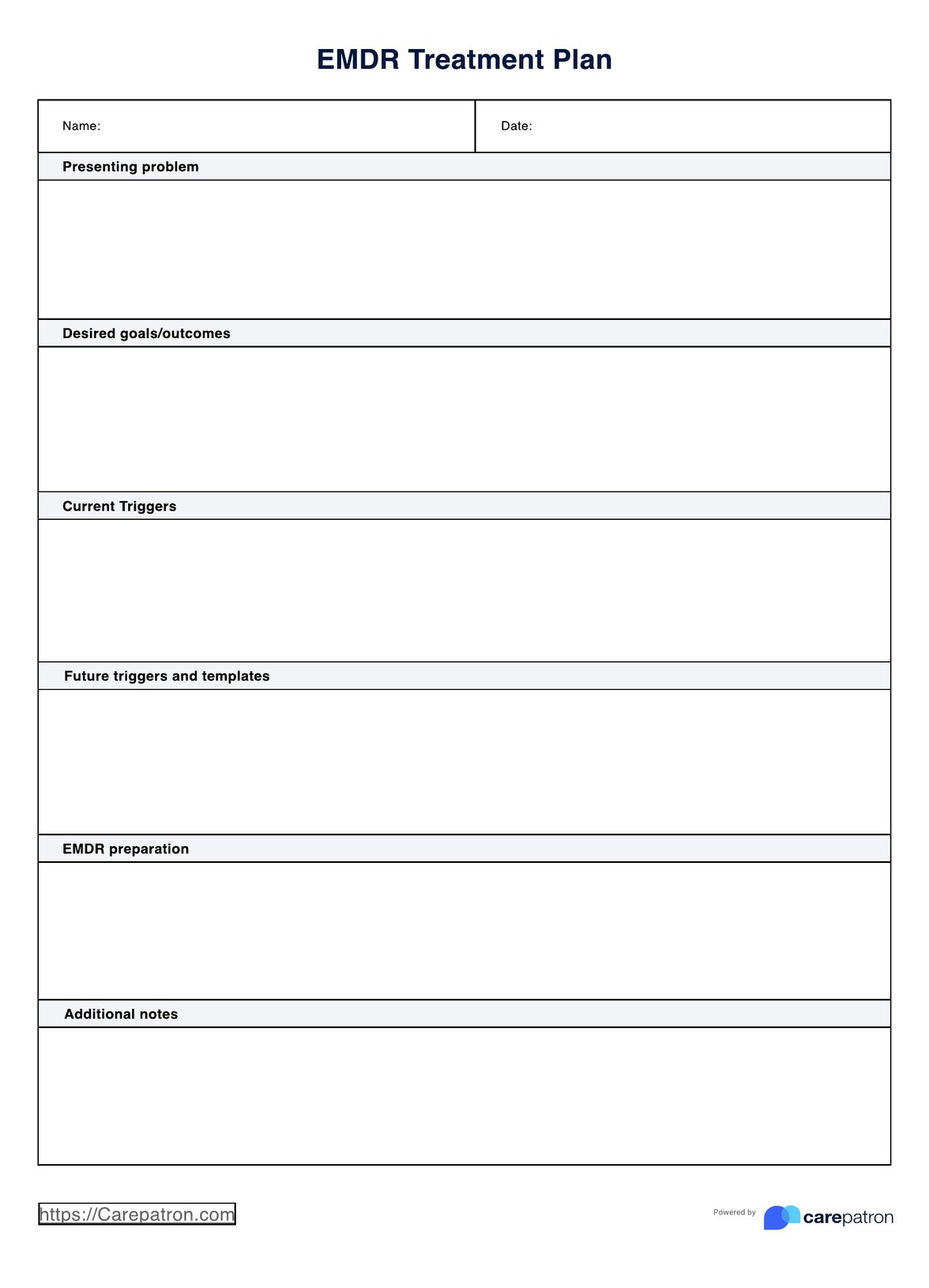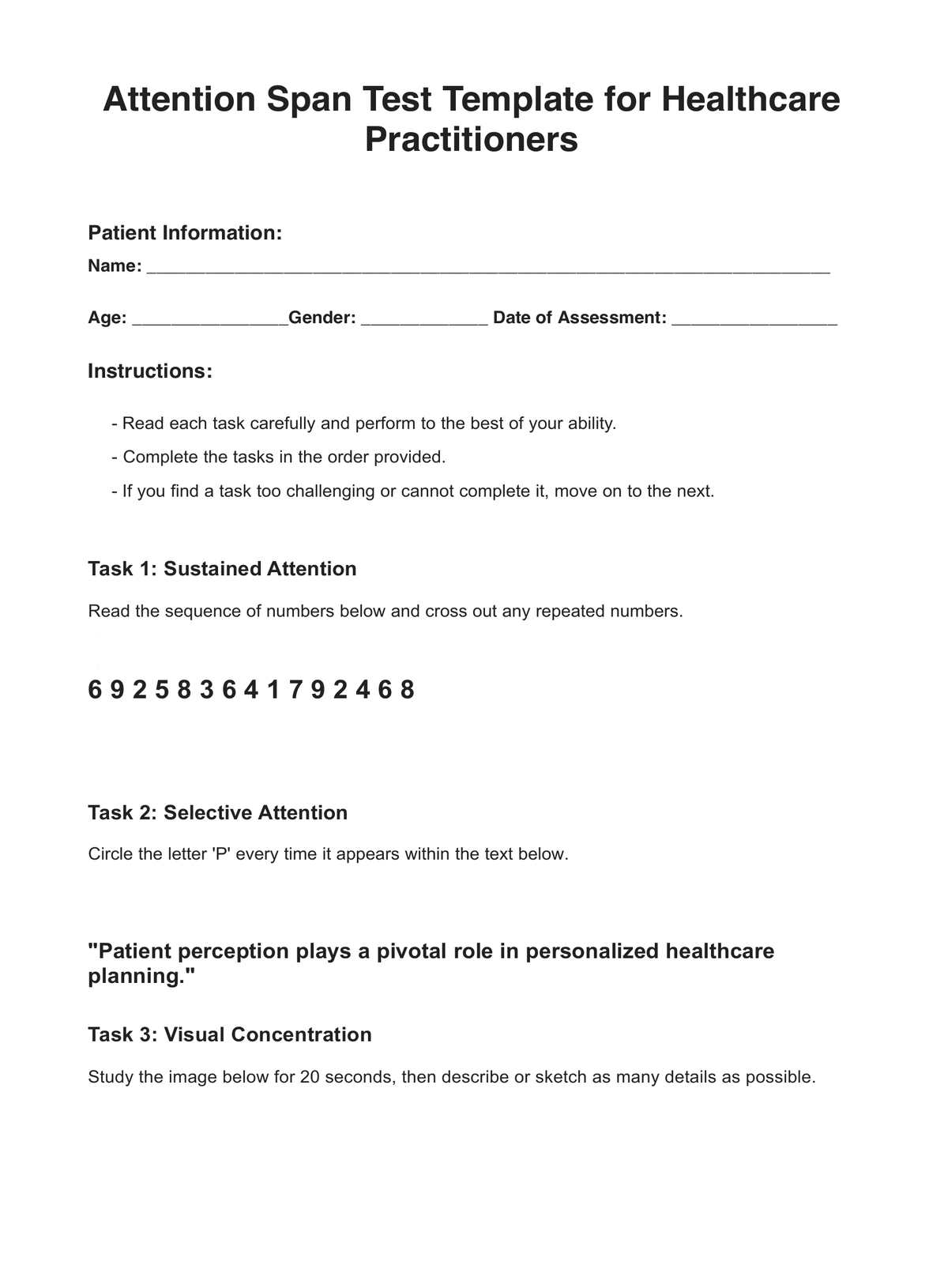Nonviolent Communication Worksheet
Download Carepatron's free Nonviolent Communication Worksheet to help patients practice NVC principles and improve their interpersonal communication skills.


The importance of nonviolent communication
Nonviolent communication (NVC) is an evidence-based framework designed to enhance clarity, empathy, and effectiveness in interactions between human beings (Adriani et. al., 2024). For healthcare professionals, it offers practical exercises to build stronger relationships through understanding and active listening. Breaking down communication into four components—observation, feelings, needs, and requests—helps professionals recognize the other person’s feelings in such a way that fosters trust and collaboration.
This approach is extremely helpful in real-life situations, especially where tension or miscommunication is present. It emphasizes taking responsibility for one’s own emotions while receiving empathically, which supports conflict resolution and improves patient-provider dynamics. Role play and reflection are often used in training to reinforce these principles.
Nonviolent communication promotes a sense of respect and helps manage challenging interactions without blame or escalation. In clinical practice, it not only encourages personal growth among practitioners but also ensures that the person’s feelings are acknowledged and validated appropriately.
Nonviolent Communication Worksheet Template
Nonviolent Communication Worksheet Example
What is a Non-Violent Communication Worksheet?
A Non-Violent Communication Worksheet is a structured clinical tool designed to help patients work through interpersonal challenges using the core principles of nonviolent communication: observation, feelings, needs, and requests. The worksheet guides users to describe specific situations without judgment, identify their emotional responses, uncover unmet needs, and make clear, respectful requests. It includes fields for basic patient information, reflection prompts, and clinician details, making it easy to incorporate into therapeutic workflows.
For healthcare professionals, this worksheet is a practical resource that supports clients who struggle with communication, emotional regulation, or conflict resolution. It encourages clients to process interactions more thoughtfully and promotes clarity during therapy sessions. By using this worksheet, practitioners can better assess a patient’s communication style and help them develop more constructive habits, ultimately improving treatment outcomes and fostering healthier relational dynamics. It is especially effective in behavioral health, counseling, and trauma-informed care settings.
How does it work?
The Non-Violent Communication Worksheet is designed to be simple, efficient, and easily integrated into clinical practice. Healthcare professionals can use it during sessions to facilitate emotional processing, improve patient communication, and guide structured reflection. Follow the steps below to implement the worksheet effectively with your patients.
Step 1: Access the worksheet
To get started, click the “Use template” button on this page. This will let you access and edit the worksheet before printing or sending it to clients. You can also click "Download" to get a free PDF copy.
Step 2: Introduce the worksheet to patient
Briefly explain that the worksheet will help them reflect on a recent interaction by breaking it down into four key steps: observation, feelings, needs, and requests. Emphasize that it’s not about assigning blame but about understanding communication patterns and identifying areas for emotional clarity and growth.
Step 3: Discuss how the worksheet works
Walk the patient through each section: describing the event, naming their emotions, identifying unmet needs, and forming a respectful request. Reinforce that it’s okay if they’re initially unsure. Your role is to guide them and help them explore each response thoughtfully and without judgment.
Step 4: Provide patient education and next steps
Once the worksheet is complete, review it with the patient. Discuss patterns or insights that emerged and how they might apply these learnings in future interactions. Reinforce the value of practicing these steps in real-life situations and consider assigning it as a follow-up activity between sessions.
Benefits of using this worksheet
The Non-Violent Communication Worksheet offers medical professionals a structured way to support clients in identifying a person’s feelings and needs during interpersonal challenges. It helps clients begin communicating more clearly and honestly, especially when dealing with difficult emotions like anger or frustration.
For practitioners, this tool provides a consistent handout across sessions, saving time during documentation and reducing the need for repeated explanations. It’s also effective in group settings, including workshops and psychoeducation sessions, where clients can share insights and feedback. The worksheet promotes self-empathy, helping clients become more aware of their internal responses before reacting.
By guiding clients through writing exercises, clinicians help them discover the right words to express themselves without blaming others or assuming someone else is “wrong.” Educators and mental health professionals interested in building emotional intelligence will find this handout valuable. It supports appreciation, insight, and deeper connection in therapeutic work.
References
Adriani, P. A., Hino, P., Taminato, M., Pinto, F., Santos, O. V., & Fernandes, H. (2024). Non-violent communication as a technology in interpersonal relationships in health work: A scoping review. BMC Health Services Research, 24(1). https://doi.org/10.1186/s12913-024-10753-2
Commonly asked questions
The NVC formula is a communication framework consisting of four steps: observation, feelings, needs, and requests. It guides individuals to express themselves clearly while fostering empathy and understanding in others.
The 9 basic needs in Nonviolent Communication include connection, physical well-being, honesty, play, peace, autonomy, meaning, celebration, and interdependence. These universal human needs help individuals understand the motivations behind their emotions and behaviors.
The four components of NVC are: Observation (what happened), Feelings (emotional response), Needs (underlying unmet needs), and Requests (specific actions to meet those needs). These steps help promote respectful and effective communication.
To practice NVC, begin by observing without judgment, then express your feelings, identify the unmet need, and make a respectful, actionable request. Practicing regularly through real-life conversations, self-reflection, or guided handouts can build communication skills over time.


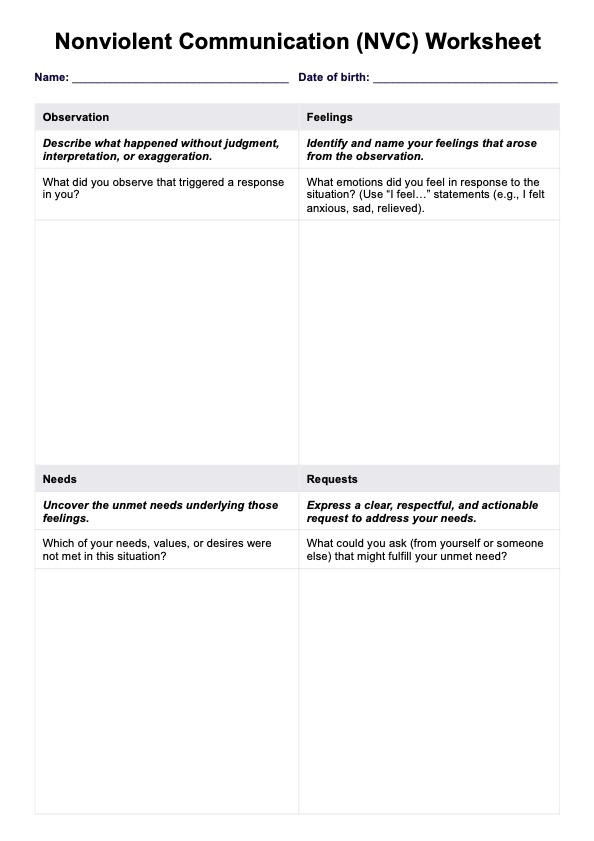















-template.jpg)


